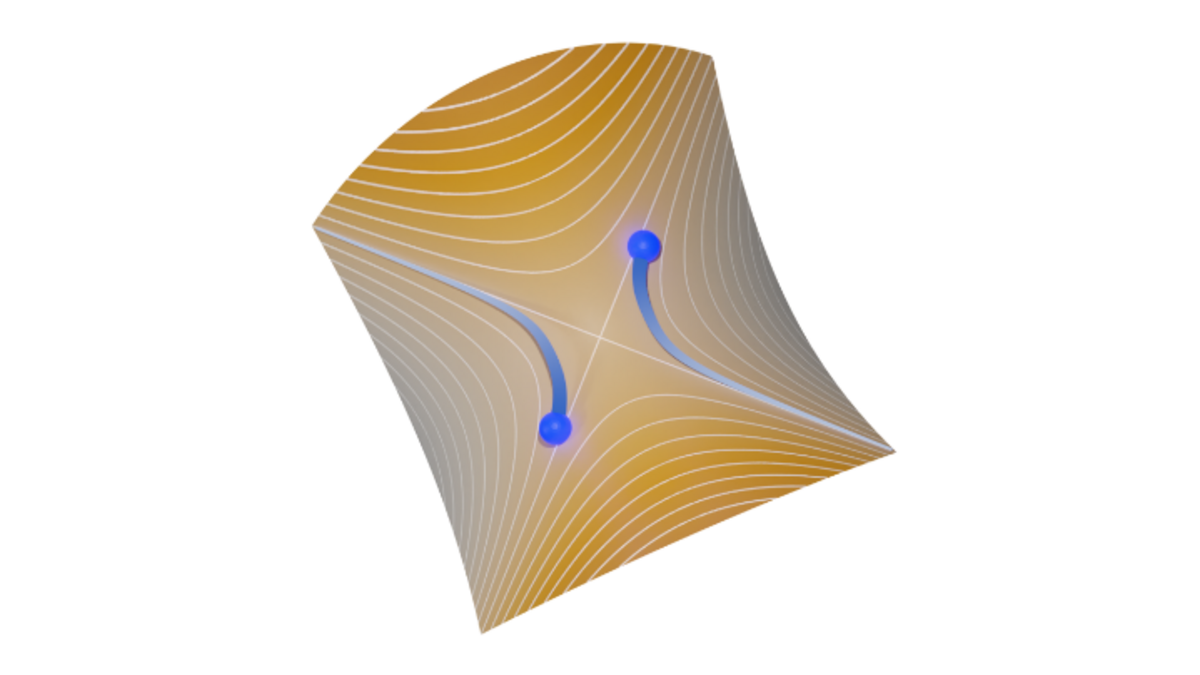
Quantum electronics promises significant advances in ultra-sensitive measurements and quantum information processing. In nanoelectronic circuits, one electron can be used to precisely modify the trajectory of another electron through their mutual Coulomb interaction. This new fundamental circuit element has now been demonstrated by three independent research teams, whose complementary discoveries have been published in the journal Nature Nanotechnology.
Electrical current is a stream of (charged) elementary particles. In a semiconductor devices ballistic electrons move at high speeds, which makes it difficult to address them individually. A controlled collision of individual electrons can provide the required time resolution for one electron to interrogate the other. Such an electron collider circuit functions similar to hitting one fast moving projectile with another well-timed shot. The challenge is therefore to precisely synchronize two individual electrons to exploit their interaction.
For this purpose, scientists at PTB have now developed a nanoscale collider on a semiconductor chip. Such a device integrates two single-electron sources that can be triggered accurately on a picosecond time scale. Single-electron detectors accurately record every outcome of the collision. An electron pair is generated by two separated sources and placed on intersecting paths such that a collision can occur. If the sources are precisely synchronized, the interaction between the electrons of the pair will determine, which final signalling path will be reached by which individual particle.
Despite the brevity of the encounter, the theoretical models developed at University of Latvia with inputs from Technical University of Braunschweig, enabled to infer the electron trajectories from the experimental data and devise ways to control two-electron interaction for future applications.
This demonstration of time-resolved strong interaction not only shows that such a flying electron can be used as an ultrafast sensor or switch, but it also proves a mechanism to generate quantum entanglement – a key component of quantum computing. Joint by consistent findings of research teams led by NEEL and NPL these results have been published in the journal Nature Nanotechnology introduced by a “News&Views” commentary (https://www.nature.com/articles/s41565-023-01389-0).
Original scientific publication
Ubbelohde, N., Freise, L., Pavlovska, E. et al. Two electrons interacting at a mesoscopic beam splitter. Nat. Nanotechnol. (2023). https://doi.org/10.1038/s41565-023-01370-x
The research team from the University of Latvia consisted of Ģirts Barinovs, Mārtiņš Kokainis, Vyacheslavs Kashcheyevs and Elīna Pavlovska, supported by Latvian Council of Science within the project "Enabling research for single-electron quantum technologies" (No. lzp-2021/1-0232).

 Academic Centre
Academic Centre